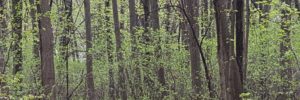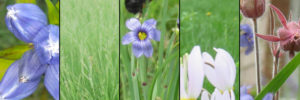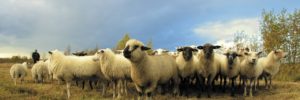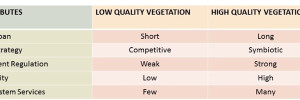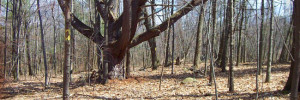Grassland – Savanna complex without grazing, millions of acres in the Midwest landscape perpetuated in the catastrophic state: Sick land: These pictures were taken in a regional park within the Twin Cities, Minnesota. Both sites are southwest aspects on well drained Hawick gravel glacial moraine soils, perfect aspect and soils for mesic-dry and dry grassland-savannas. […]
My Lawn Planted From Resilience Seed Mix
This is my lawn that was planted using my Resilience Seed Mix, resulting from my research over the past decade. This seed mix is based on the “Grazing Lawn” concept, whereby herds of grazing mammals frequent some areas more than others (e.g. the shade of an oak grove on a hot summer day) and form […]
Achieving ecological and agricultural goals through grazing
This article touches on how we can achieve ecological and agricultural objectives through grazing. As a grassland ecologist, I have by default become a grazing ecologist. My first 15 years in restoration were focused only on the first trophic level; plants. During the past decade, my research and practice has been focused on restoring the […]
Haying Prairie to Increase Diversity and Decrease Invisibility
Impacts of haying on soil nitrogen levels, and subsequent feed backs in plant and pollinator communities Null hypothesis: Biomass harvest will have no impact on total soil nitrogen or on floristic and pollinator quality & diversity.” (Of course we hope to reject the null hypothesis) There’s a global phenomenon whereby high quality plant communities are […]
The Old Oaks Are Dying, Can You Hear Them Crying?
This photo represents a typical old growth (white tribe) oak tree surrounded by a novel configuration of weedy trees. The open crown of the oak suggests the oak emerged in an open landscape, or Savanna. The savanna was maintained by herbivores grazing and grooming the vegetation (a 20 million year co-evolutionary event), and more recently […]
